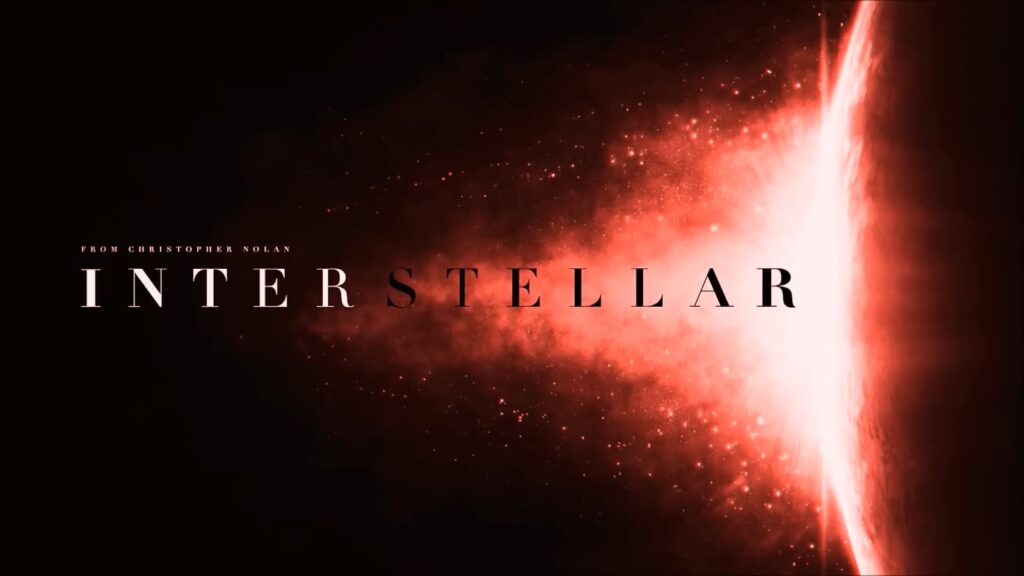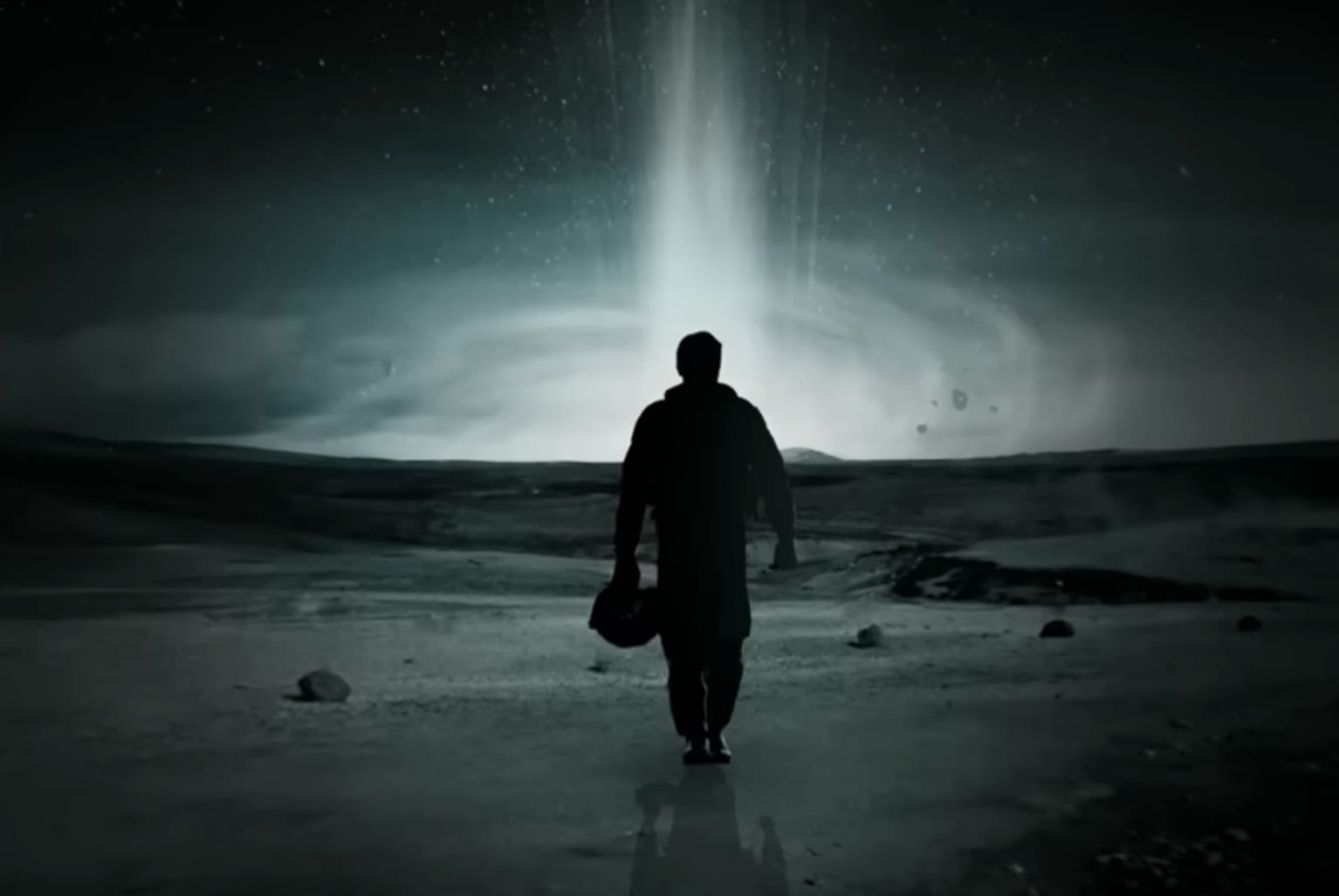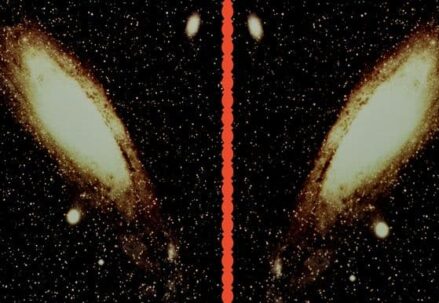The journey through life is often marked by transformative events that shape one’s passions and interests. For many, the film ‘Interstellar’ has been a significant influence, serving as a catalyst for a deeper interest in astronomy and physics. This cinematic masterpiece skillfully blends intricate scientific concepts with profound challenges, encapsulating the spirit of these fields in an inspiring way. While exploring the facts about Interstellar, it’s equally intriguing to delve into the mysteries of why scientists don’t know more about Earth’s core and how it works.
The following article highlights the unique attributes that render ‘Interstellar’ an exceptional film. Future discussions will delve into additional movies that have similarly inspired and motivated individuals in the scientific community.
Nolan’s Film with Nobel Laureate Kip Thorne’s Expertise
Expectations always soar with a Christopher Nolan film. Yet, the collaboration with Kip Thorne, the 2017 Nobel Prize winner in Physics, elevates it to a masterpiece level.
Kip Thorne, renowned as the Feynman Professor of Theoretical Physics at Caltech, boasts an impressive academic journey, starting with a Bachelor of Science from Caltech and culminating in a Ph.D. from Princeton. He’s a forefront expert on Einstein’s Theory of Relativity and its astrophysical applications.
- Thorne’s bibliography includes seminal works like “Black Holes and Time Warps: Einstein’s Outrageous Legacy” and “Gravitation,” a challenging yet invaluable text for budding scientists;
- His Nobel Prize in 2017 recognized his crucial role in developing the LIGO detector and the groundbreaking observation of gravitational waves.
Nolan’s Film: Real Science and Black Hole Physics
One of the most remarkable aspects of Christopher Nolan’s film is its adherence to scientific accuracy. Kip Thorne, a key collaborator, insisted on avoiding any scientific inaccuracies, even if it meant compromising artistic elements. Nolan, respecting this approach, only agreed as long as it didn’t conflict with his screenplay. A notable instance of their creative negotiations involved the speed of light; Nolan initially wanted to surpass it but ultimately concurred with Thorne’s solutions. An imaginative yet scientifically negotiated element in the film is the depiction of clouds on the ice planet, a phenomenon Thorne agreed was improbable but possible.
Gargantua’s Design: Avoiding Spaghettification in ‘Interstellar’

Another intriguing aspect of the film is the handling of Gargantua, the black hole. The concept of “spaghettification,” where objects stretch and tear apart when approaching a black hole, is a common scientific theory. However, in the film, Cooper remains intact when entering Gargantua. This deviation from expectation is scientifically justified, as not all black holes induce spaghettification, which is heavily dependent on the black hole’s mass. Gargantua, designed to be a supermassive black hole akin to those at galactic centers, has its tidal forces, capable of destruction, lying within its event horizon. This means one could enter such a black hole without immediate harm, although eventual destruction near the center is inevitable. In “Interstellar,” Cooper’s rescue by the Tesseract occurs before he reaches this fatal point, providing a scientifically plausible yet cinematically thrilling scenario.
Real Survivors in ‘Interstellar’
The apocalyptic Earth scenario in the film draws inspiration from the Dust Bowl, a significant environmental disaster that affected America during the 1930s. To enhance authenticity, the interviews featured at both the start and conclusion of the movie include real-life testimonies from individuals who survived this historic calamity.
Creating ‘Interstellar’s’ Wormhole and Gargantua
Creating the wormhole and Gargantua in ‘Interstellar’ was a task Kip Thorne approached with immense interest and dedication. The goal was to achieve the highest level of scientific accuracy. Thorne contributed a wealth of theoretical equations to this end, leading to certain images requiring hundreds of hours to render. The resulting depiction of a black hole in the film is noted for its remarkable accuracy. Paul Franklin, the creative force behind these visuals, commented on the tendency in science fiction to embellish reality, highlighting the film’s commitment to portraying the inherent beauty of the “ordinary universe.” This approach, as ‘Interstellar’ demonstrates, can reveal the cosmos’s true splendor, a feat that earned the entire team widespread appreciation.
- Prior to ‘Interstellar’, the actual appearance of a black hole was largely speculative. Even Thorne was initially taken aback by the visual representation, which, despite his initial reaction, adhered closely to theoretical predictions and equations;
- A common inquiry raised pertains to the difference between the film’s Gargantua and the first actual image of a black hole, M87. While there are noticeable differences between the two, they share many similarities;
- The contrast primarily stems from the viewing angle; M87 was captured from a perspective that doesn’t showcase the matter streak visible in Gargantua’s portrayal, similar to observing Saturn from an angle where its rings are not discernible;
- Despite these minor variances, scientists widely regard the simulation as a significant achievement.
Kazunori Akiyama, a postdoctoral researcher at the MIT Haystack Observatory and leader of the team that developed the EHT’s image of M87, acknowledged the near accuracy of the black hole image in ‘Interstellar’, affirming its scientific credibility.
Additional Intriguing Details from ‘Interstellar’

‘Interstellar’ is a film rich with fascinating elements, and exploring them all could easily fill a book. In the future, there might be opportunities to delve into more of the movie’s intriguing scientific concepts through separate articles. However, for now, it’s worth highlighting a few lesser-known yet interesting facts. One such detail is the film’s creative use of the Theory of Relativity. Did you know that in the movie, a single second on the first planet visited equates to one and a half days back on Earth? Additionally, the intense wind effects in ‘Interstellar’ were produced using large fans, a simple yet effective technique that adds to the film’s realistic portrayal of otherworldly environments.
Conclusion
Interstellar is more than just a cinematic triumph. It’s a marriage of science and art that accurately depicts complex astrophysical phenomena while stimulating the audience’s imagination and curiosity. From the involvement of Nobel laureate Kip Thorne to the meticulous attention to scientific accuracy, every aspect of the movie serves to enhance the viewer’s understanding and appreciation of astrophysics and the cosmos. As such, Interstellar stands as a testament to the infinite possibilities when cinema meets science, serving as an inspiration to budding scientists and movie enthusiasts alike.





